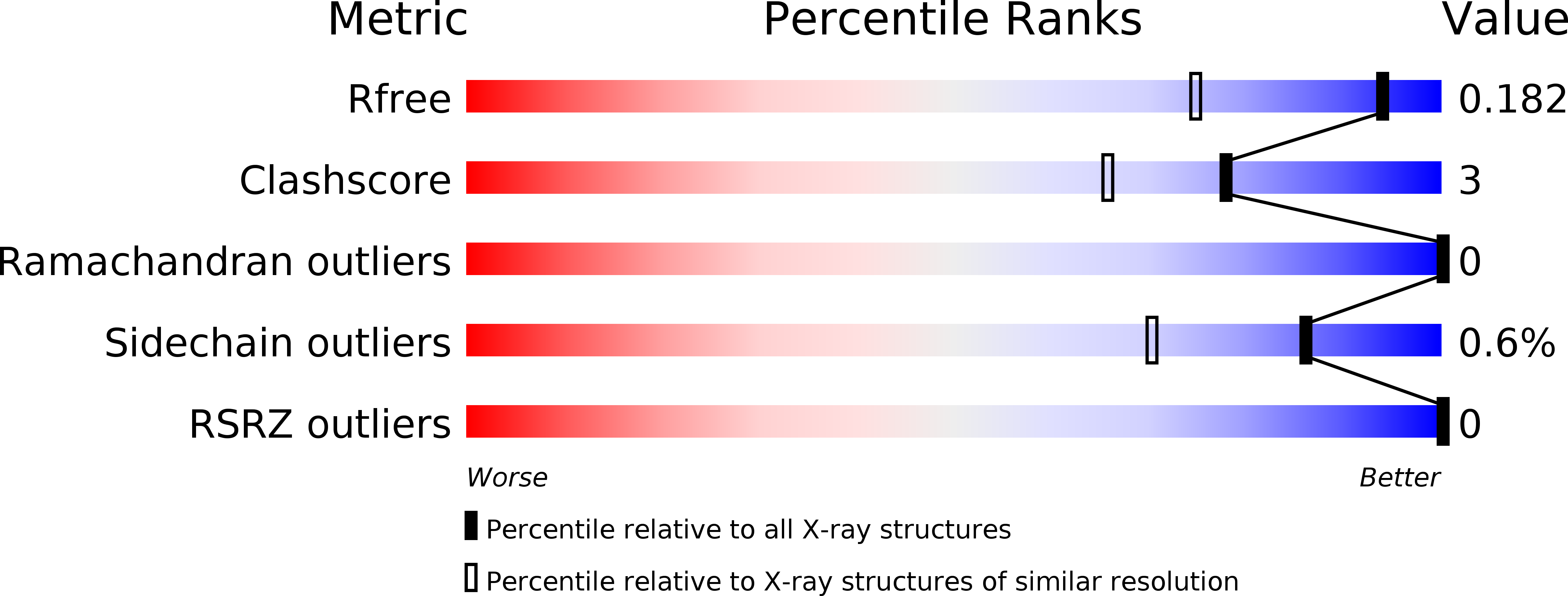
Deposition Date
2007-12-17
Release Date
2008-01-22
Last Version Date
2024-02-21
Entry Detail
PDB ID:
3BOE
Keywords:
Title:
Carbonic anhydrase from marine diatom Thalassiosira weissflogii- cadmium bound domain 2 with acetate (CDCA1-R2)
Biological Source:
Source Organism:
Thalassiosira weissflogii (Taxon ID: 67004)
Host Organism:
Method Details:
Experimental Method:
Resolution:
1.40 Å
R-Value Free:
0.18
R-Value Work:
0.16
R-Value Observed:
0.16
Space Group:
P 21 21 2


